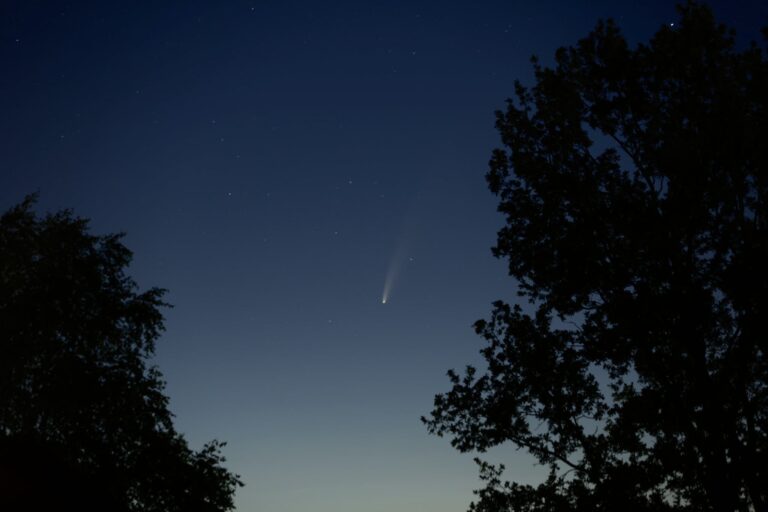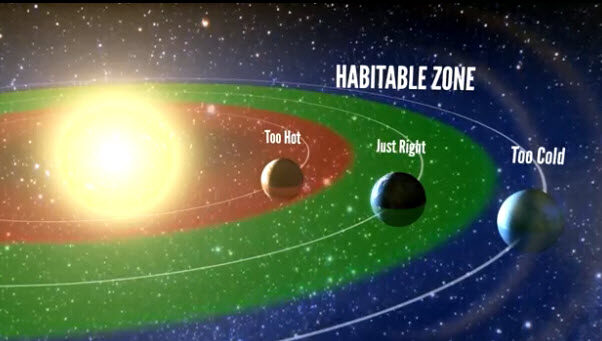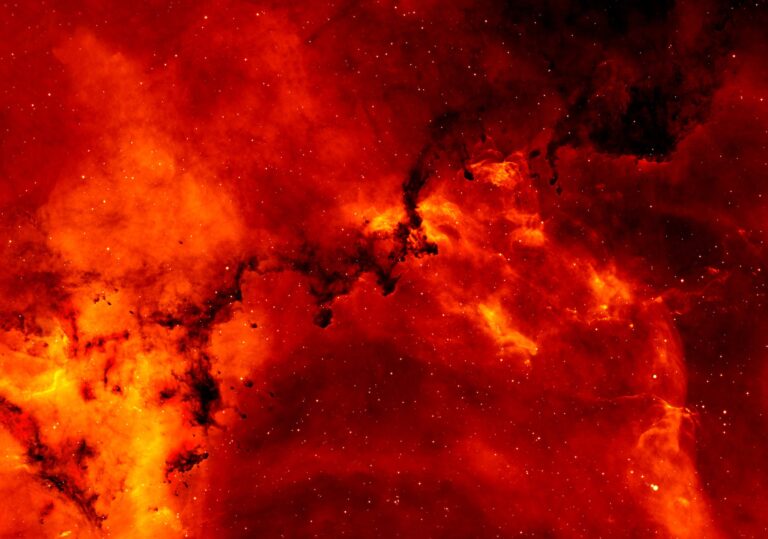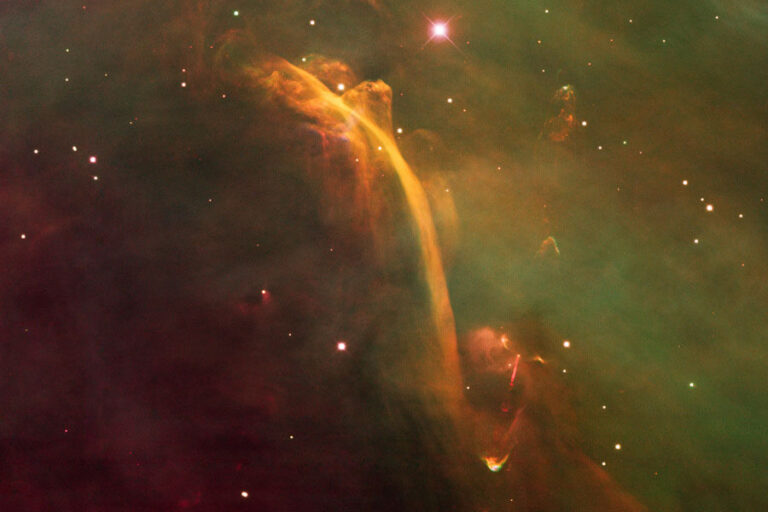Beta Pictoris B Could Be The First Exoplanet With An Exomoon

Detecting and confirming an exoplanet is really difficult; it takes expensive satellite equipment, skilled researchers and lots of time trawling through mountains of data. Detecting a piece of rock orbiting one of these exoplanets is almost impossible, which is why we haven’t done it yet. This year, however, might be the first year that we can actually confirm the existence of an exomoon orbiting a planet in a solar system that isn’t our own.
Around 63 lightyears from home is a young star called Beta Pictoris. We confirmed an exoplanet orbiting this star in 2009, Beta Pictoris b, which was fairly easy to spot, in comparison to other exoplanets, as it is absolutely huge. Beta Pictoris b is around 10 times the size of Jupiter and orbits at a distance of Saturn. There isn’t any immediate reason to believe that life could exist on this huge exoplanet, but it is interesting to astronomers and researchers for the fact that it could be the host of an exomoon, and if confirmed, would make it the first discovery of its type.
Moons are very common in our own solar system, with 181 confirmed so far. Jupiter and Saturn have more than 127 of these, and given the similarities between size and distance to its star, Beta Pictoris B could have a whole load more. The problem facing researchers is that detecting these exomoons is seriously tricky business. Most of the way we search for exoplanets is based on how the light is dimmed when an exoplanet passed in front of its star, but we don’t see this dimming effect when the moon passes in front of a planet. If finding an exoplanet is like trying to read with a flashlight in a dark room, finding an exomoon is like doing it without batteries.
NASA’s Kepler spacecraft uses the transit method to locate and measure the orbits of faraway exoplanets and needs the light of a star to do so. Further observations are made and the orbits of the exoplanet will tell us a great deal more about the world. If it looks like it could be in the habitable zone, we start to get excited and NASA hold a conference. The James Webb Space Telescope already has a growing list of exoplanets it needs to look at when it goes active in 2018.
The orbit of Beta Pictoris b was refined and confirmed by a team lead by Jason Wang, a graduate student at the University of California, Berkeley. They used the Gemini Planet Imager (GPI) and found that whilst it came close to moving between Earth and the star, it didn’t quite transit. They did find, however, that material close by and bound by gravity, could potentially be visible.
“Interestingly, the planet is not by itself. Generally planets have a cocoon of material around it if it’s very young, like this one. Maybe in this cocoon, we have rings, information of natural satellites, the equivalent of the moons of the Jovian system. If the moons are as large enough as Io or Ganymede, the largest of Jupiter’s satellites, they could be visible. This may be the first time we have the detection of an exomoon.”

Younger planets are thought to have more dust and debris surrounding them from their creation and Beta Pictoris b is one of the youngest we have found at 24 million years old. In historical terms, its creation was more recent than dinosaurs roaming the Earth, as they are understood to have gone extinct around 65 million years ago. A transit is scheduled to take place between April and August, where we will get a better view of any potential exomoon in the system. The team is confident that they will be the first to confirm an exomoon, despite the fact that it will be a fairly new procedure and task; essentially they are at the mercy of fate because any moons might be in the wrong location
“The transit of Beta Pic b’s Hill sphere should be our best chance in the near future to investigate young circumplanetary material. With these snapshots, we are hoping to search for large-scale material in the Hill sphere, such as a circumplanetary disk or large exo-ring structure,” Wang says.

Astronomers are consistently surprised by what they find out about moons in general. In our own system we found methane and ethane lakes on Saturn’s moon Titan, oceans beneath the crusts of Enceladus and Europa and volcanoes on Io, and somewhere. If life exists anywhere except Earth in our own system, it will probably be in the subsurface oceans beneath Europa. The project will also look at the formation of the planet, given that it was so comparatively recent.
“Since we can’t rewind time to look at our own solar system’s formation, we need to look at other planetary systems in the process of forming to understand how planets formed. Next year is going to be the year of Beta Pic.”





